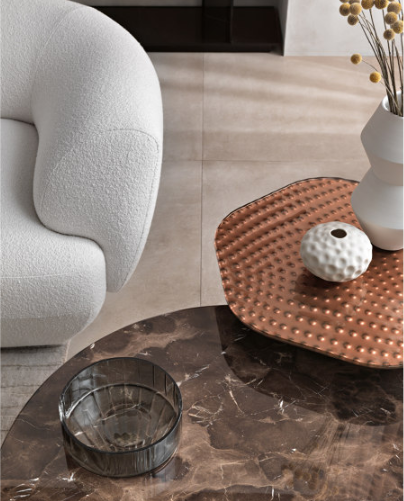A coffee table is more than just a place to rest your cup—it’s a central piece of furniture that adds personality, functionality, and style to your living space. Whether you’re relaxing with a book, entertaining guests, or displaying decorative items, the coffee table serves multiple purposes while enhancing the overall look of your home.
In this article, we’ll explore the history, types, materials, and tips for choosing the perfect tables basses to suit your space and lifestyle.
The History of Coffee Tables
The origin of the coffee table dates back to the late 1800s in Victorian England. Initially inspired by tea tables, these early versions were taller and used during afternoon tea. As coffee gained popularity and furniture design evolved, lower tables were introduced to fit in front of sofas and chairs—perfect for the more casual and relaxed atmosphere of the modern living room.
Over time, the coffee table has become a staple of home design, offering not just a surface for beverages but also a spot for books, décor, games, and even meals. Its form has changed with trends, but its purpose remains: to bring convenience and style to the heart of the home.
Common Types of Coffee Tables
There are several types of coffee tables, each catering to different design preferences and practical needs:
- Standard Coffee Table: Typically rectangular or square, this is the most common type and suits most living rooms.
- Round or Oval Table: These offer a softer look and better flow in smaller spaces or homes with children, as they have no sharp corners.
- Lift-Top Coffee Table: With a top that lifts to create a higher surface, this style is great for working, eating, or hiding storage underneath.
- Nesting Tables: A set of smaller tables that fit under each other. These are space-saving and can be pulled out when needed.
- Ottoman Coffee Table: Upholstered and soft, it serves as both extra seating and a footrest. Often used with trays to create a stable surface.
- Storage Coffee Table: Includes drawers, shelves, or compartments to help keep the living room tidy.
Materials and Finishes
The choice of material significantly impacts the coffee table’s appearance and durability. Here are some common options:
- Wood: Versatile, warm, and timeless. Different woods and finishes can suit rustic, traditional, or modern interiors.
- Glass: A popular option for modern spaces. Glass tables make rooms feel open and airy, but require more cleaning.
- Metal: Often used in industrial or contemporary designs, metal offers a sleek and sturdy look.
- Marble or Stone: Elegant and luxurious, these materials make a bold statement but can be heavy and require special care.
- Acrylic or Lucite: Clear and modern, these materials are perfect for small spaces where visual openness is important.
Choosing the Right Coffee Table
Selecting the ideal tables basses involves both aesthetic and practical considerations. Here are a few tips to help guide your decision:
- Size: A coffee table should be about two-thirds the length of your sofa and roughly the same height as the seat cushions (or slightly lower).
- Proportion: Consider the scale of your furniture and room. A table that’s too large or too small can throw off the balance of the space.
- Functionality: Think about how you’ll use the table. Do you need storage? Will it serve as a workspace or dining surface?
- Style: Choose a table that complements your décor. Whether your room is modern, rustic, bohemian, or minimalist, the right coffee table will enhance your design theme.
Final Thoughts
The coffee table is a versatile and essential piece of furniture in any living room. It offers a blend of form and function, serving as a gathering point, storage solution, and style statement all in one. With countless options in materials, shapes, and designs, there’s a coffee table out there to match every taste and need. Take the time to choose one that not only looks great but also fits seamlessly into your lifestyle—you’ll be surprised how much it can elevate your living space.

